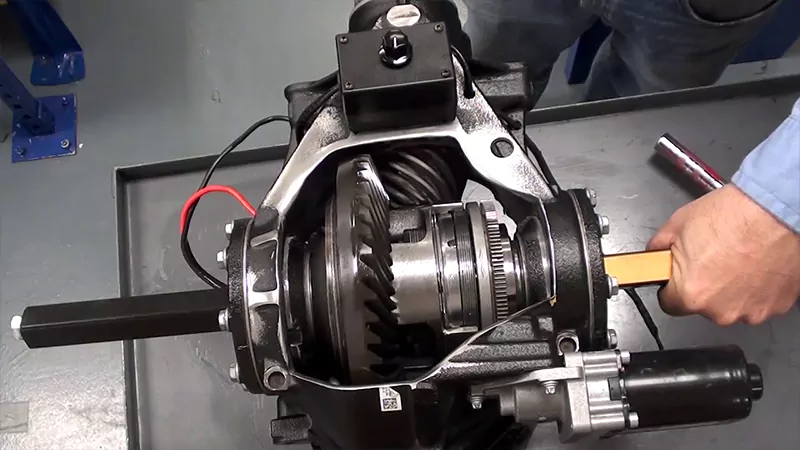
Since the debut of the first automatic car in 1948, automatic transmissions (ATs) have become increasingly popular, eventually rivaling manual transmissions in the automotive market. Alongside ATs, continuously variable transmissions (CVTs) have emerged as an innovative alternative, offering distinct advantages in efficiency and driving comfort. This article explores the fundamental differences between ATs and CVTs, shedding light on their operational mechanics, driving experiences, and practical implications.
Automatic Transmissions (ATs)
Automatic transmissions operate on a hydraulic system that automatically shifts gears based on vehicle speed and engine load. Unlike manual transmissions where the driver selects gears, ATs rely on predetermined gear ratios optimized for different driving conditions. This results in a familiar driving experience characterized by noticeable gear changes, providing drivers with precise control over gear selection and responsiveness on the road.
Continuously Variable Transmissions (CVTs)
In contrast, CVTs utilize a different approach with a system of pulleys, belts, or chains that continuously vary to provide an infinite number of gear ratios. This dynamic adjustment ensures the engine operates at the most efficient RPM range, optimizing fuel efficiency and delivering a smooth, seamless acceleration experience. CVTs are favored for their ability to eliminate traditional gear shifts, offering a driving sensation characterized by uninterrupted power delivery and enhanced driving comfort.
Performance and Efficiency
In terms of performance, ATs are renowned for their robustness and versatility across diverse driving conditions. However, they typically exhibit lower fuel efficiency compared to CVTs due to fixed gear ratios that may not always align with optimal engine RPMs. On the other hand, CVTs excel in fuel efficiency by continuously adjusting gear ratios to match engine demands, thereby minimizing fuel consumption and reducing emissions.
Practical Considerations
Identifying the type of transmission in a vehicle can be determined through model specifications or observing RPM behavior on the tachometer during acceleration. Manufacturers often indicate transmission types in vehicle names or specifications, such as Toyota’s CVT models labeled as “Xtronic” or similar designations.
Conclusion
Ultimately, the choice between ATs and CVTs hinges on individual preferences for driving dynamics, efficiency requirements, and personal comfort. Whether opting for the familiar control of traditional gear shifts with ATs or embracing the seamless operation and fuel-saving benefits of CVTs, understanding these distinctions empowers consumers to make informed decisions that align with their driving needs and preferences.



